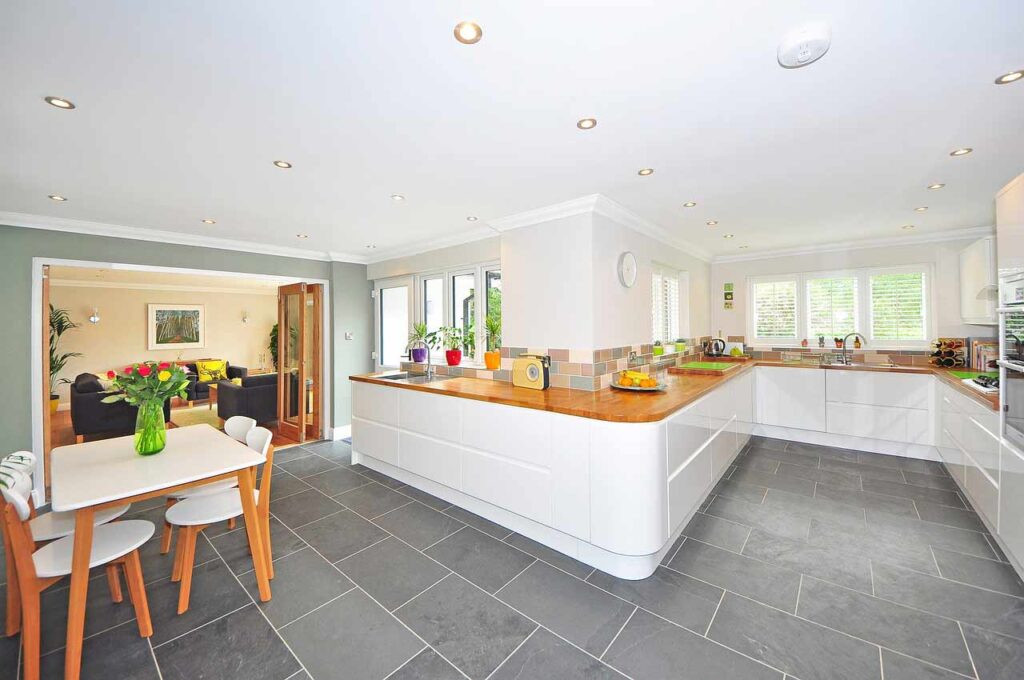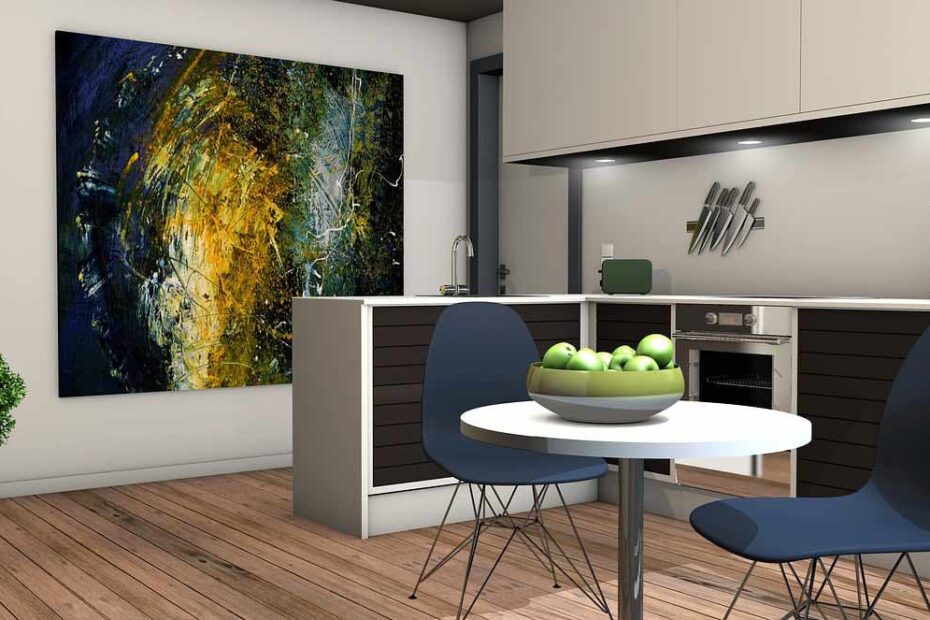Unlocking the Mystery of Mood Boards and Concept Boards
As an interior designer, one of the most important aspects of your job is to effectively communicate your vision to your clients. Mood boards and concept boards are two commonly used tools that help designers do just that. While they may sound similar, they serve different purposes and have distinct characteristics. In this article, we’ll explore the difference between mood boards and concept boards, and how each one can be used to enhance the design process.
What is a Mood Board?
A mood board is a visual representation of a design concept or idea. It is a collection of images, colors, textures, and patterns that communicate a specific mood or feeling. Mood boards are typically created early in the design process to help establish the overall direction of the project. They can be created using a variety of materials, including photographs, fabric swatches, paint chips, and magazine clippings. Mood boards are often used to convey the atmosphere and emotion of a space, as well as to communicate a client’s personal style preferences.
What is a Concept Board?
A concept board is a more detailed version of a mood board. It is a visual representation of the overall design concept, and includes more specific details and ideas. Concept boards typically include sketches or renderings of the space, as well as images of furniture, materials, and finishes. They are often used to help clients visualize how a space will look and feel once it is completed. Concept boards are usually created later in the design process, after the general direction of the project has been established.
What are the Key Differences Between Mood Boards and Concept Boards?
The main difference between mood boards and concept boards is their level of detail. Mood boards are more general and abstract, while concept boards are more specific and detailed. Mood boards are used to establish a general direction for the project, while concept boards are used to communicate specific design ideas and details. Another difference is that mood boards are often created early in the design process, while concept boards are created later on.
When Should You Use a Mood Board?
Mood boards are most useful in the early stages of the design process, when you are still exploring ideas and trying to establish a general direction for the project. They are great for communicating the overall mood and feel of a space, and for getting a client’s initial feedback on a design concept. Mood boards can also be useful when working with clients who may have difficulty articulating their design preferences.
When Should You Use a Concept Board?
Concept boards are most useful in the later stages of the design process, when you have a more specific design concept in mind. They are great for communicating specific design ideas and details, and for helping clients visualize how a space will look and feel once it is completed. Concept boards can also be useful when presenting design ideas to clients who may have difficulty visualizing the finished product.
Tips for Creating Effective Mood and Concept Boards
No matter which type of board you are creating, there are a few key tips to keep in mind. First, choose images and materials that accurately represent your design concept or idea. Second, make sure your boards are visually appealing and easy to understand. Use high-quality images and materials, and arrange them in a way that is both aesthetically pleasing and easy to follow. Finally, be open to feedback and willing to make changes. Mood and concept boards are meant to be a collaborative process between designer and client, so it’s important to be receptive to feedback and willing to make adjustments as needed.

Conclusion
Mood boards and concept boards are both important tools in the interior design process. While they may sound similar, they serve different purposes and have distinct characteristics. Mood boards are more general and abstract, while concept boards are more specific and detailed. Mood boards are used to establish a general direction for the project, while concept boards are used to communicate specific design ideas and details. As an interior designer, it’s important to understand the differences between the two and to use them effectively to communicate your vision to clients. By creating mood boards early in the design process and concept boards later on, you can ensure that your clients understand and appreciate your design ideas. Remember to choose high-quality images and materials, arrange them in an aesthetically pleasing way, and be open to feedback and willing to make adjustments as needed. By following these tips and utilizing both mood and concept boards effectively, you can enhance the design process and create beautiful, functional spaces that meet your clients’ needs and exceed their expectations.
FAQs
Mood boards and concept boards are used in interior design to visually communicate design concepts and ideas to clients. They help establish the overall direction of the project and communicate specific design ideas and details.
Mood boards are more general and abstract, while concept boards are more specific and detailed. Mood boards are used to establish a general direction for the project, while concept boards are used to communicate specific design ideas and details.
Mood boards are most useful in the early stages of the design process when you are still exploring ideas and trying to establish a general direction for the project. They are great for communicating the overall mood and feel of a space.
Concept boards are most useful in the later stages of the design process when you have a more specific design concept in mind. They are great for communicating specific design ideas and details and for helping clients visualize how a space will look and feel once it is completed.
You can use a variety of materials, including photographs, fabric swatches, paint chips, magazine clippings, sketches, and renderings when creating mood boards and concept boards.
Choose images and materials that accurately represent your design concept or idea, use high-quality images and materials, and arrange them in a way that is both aesthetically pleasing and easy to follow. Be open to feedback and willing to make changes as needed.




